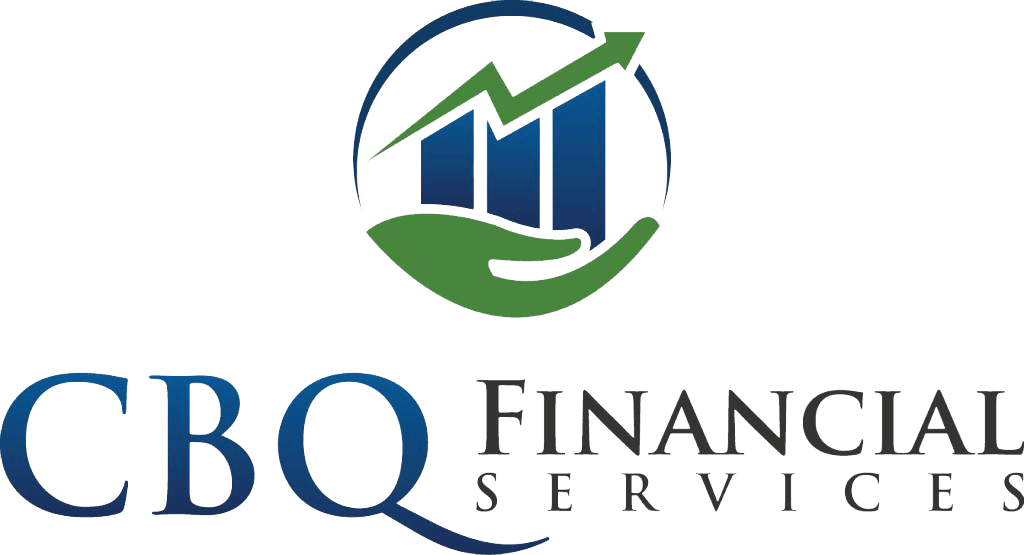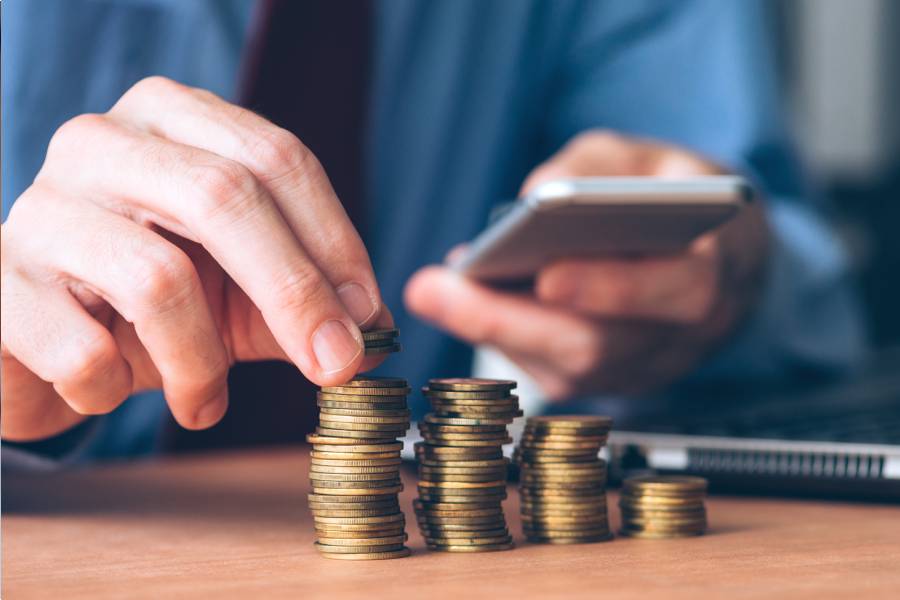As well as the ones which were able to capitalise, the businesses which are still operating after COVID-19 will be the ones which had their finances in good order before the shutdowns rattled the economy.
What’s more, the businesses which emerge from COVID-19 will (ideally) never forget the importance of having excellent financial clarity and always being prepared for a worst-case scenario.
It’s clear that financial management can’t be ignored. However, this is easy to say. When life gets busy, keeping track of the day to day incomings and outgoings can be a challenge. This is where financial dashboard technology can make a real difference.
What are financial dashboards?
Just a like a dashboard on your car shows you how much fuel you have, how fast you are going and if your car is heading for a breakdown, financial dashboards give you an at-a-glance look at how your business is travelling.
When connected to your accounts, your dashboards will show you elements like:
- How much cash you have
- How much you owe
- Which bills are outstanding
- How much revenue your business made in the last week
- If you’re going to have enough to pay your GST for the quarter
These online tools can be accessed on most devices, shared with the relevant people in your business and colour-coded so you can see clearly when you’re in the red.
Most financial software (e.g. Xero, MYOB) has some form of financial dashboard and there are other tools which you can tailor to show your most important numbers.
Why use a financial dashboard?
You can work with your accountant to set up a financial dashboard.
Once it’s up and running, you’ll have access to your business financials on a daily basis, and in real-time. Instead of checking in once per quarter, you’ll be able to quickly and easily see if there are any issues with revenue, debt or payments.
Even before the COVID-19 outbreak, a financial dashboard was fast becoming the best-practice way to learn your break-even points and get up to date answers about your KPIs.
Once you have created a budget, instead of hoping for the best each quarter, you can see every day if you have been spending too much. You can also make sure you’ll have money in the bank when it comes time to pay the ATO, your suppliers or your staff.
For those who aren’t money-savvy, the benefit of a financial dashboard is being able to see a visual representation without the need for a lot of numbers. Having green=good and red=bad makes a financial dashboard easy for anyone to understand.
Dashboards can be tailored to provide the information you need to see each day, and access can be shared with specific people who also need to be informed.
Using a financial dashboard during COVID-19
The unusual circumstances presented by COVID-19 have called for financial clarity more than ever.
Having your accountant work with you to set up a financial dashboard means you will get real-time clarity on how prepared your business is to weather the current storm. You can see how much revenue is needed to pay your essential bills, calculate the impact of the slowdown on your business and determine whether or not you need to apply for Government grants and support.
With a financial dashboard, you can calculate if it is better to ‘hibernate’ your business or if you’ll be able to get through despite a drop in customers.
Your financial dashboard can be used to create different scenarios and figure out how you would respond to them.
Talk to your accountant about establishing financial dashboards that make sense for your business and using them to navigate your way through the COVID-19 crisis.




